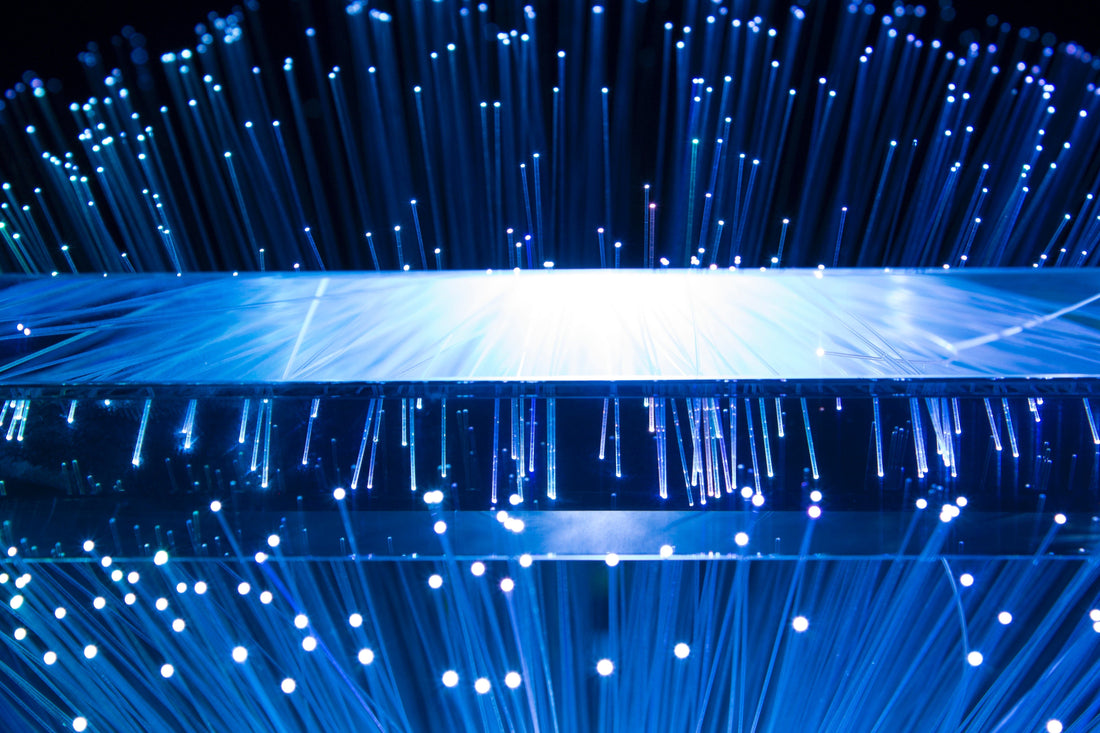In the realm of lighting systems, two pivotal roles take the stage: lighting programming and lighting operation. While often interlinked, these roles hold distinct and vital responsibilities that contribute to the seamless orchestration of illumination. This article delves into the differences between lighting programming and lighting operation, elucidating their individual significance and demonstrating how their collaboration enhances the overall lighting experience.
Deciphering the Roles: Lighting Programming and Lighting Operation
Before delving into the nuances, let's illuminate the roles of lighting programming and lighting operation. Lighting programming involves the intricate choreography of dynamic lighting effects, transitions, and sequences. It's the art of imbuing spaces with visual narratives that adapt to various moods and events. Lighting operation, on the other hand, pertains to the real-time management and control of the lighting system. It empowers users to interact with the programmed lighting scenarios and adjust them as needed.
The Artistry of Lighting Programming
Keywords: Lighting programming, dynamic lighting effects, immersive experiences.
Lighting programming is akin to crafting an intricate symphony of light. It involves translating creative visions into tangible sequences that weave through spaces, punctuating the ambiance with dynamic lighting effects. These effects are carefully orchestrated to align with events, evoke emotions, and create immersive experiences.
Programming transforms a static lighting setup into a dynamic canvas where light dances and shifts to the rhythm of the moment. Whether it's a lively event, a serene gathering, or a captivating presentation, lighting programming is the key to curating an atmosphere that resonates with the audience. The ability to seamlessly transition between scenes, adjust intensities, and synchronize lighting with other elements enhances the storytelling potential of the environment.
The Practicality of Lighting Operation
Keywords: Lighting operation, real-time control, user interaction.
Lighting operation takes the reins once the scenes are programmed. It empowers users with the ability to manage and adjust the lighting in real-time, transforming the envisioned lighting experiences into tangible moments. This role bridges the gap between artistic intent and user interaction, allowing occupants to personalize the lighting atmosphere to their preferences and needs.
Efficient lighting operation enhances user experience by putting control at their fingertips. For commercial spaces, this means adapting lighting setups for diverse functions and optimizing energy consumption. In residential settings, occupants can create a cozy ambiance for relaxation or a well-lit environment for productivity. Lighting operation is the interactive interface that empowers users to engage with the programmed lighting sequences and make on-the-fly adjustments.
The Symbiotic Relationship: Programming and Operation
Keywords: Lighting programming and operation collaboration, lighting flexibility.
While distinct, lighting programming and operation are deeply interconnected. Programming sets the stage, creating a library of dynamic lighting scenarios ready to be accessed and activated during operation. This collaboration ensures that the visual narratives crafted through programming seamlessly adapt to real-time needs and preferences.
For instance, lighting programming can create a "movie night" scene with dimmed lights and warm tones. During lighting operation, users can effortlessly access and activate this scene to enhance their cinematic experience. This symbiotic relationship between programming and operation empowers spaces with versatility, ensuring that the right lighting mood is just a touch away.
Elevating the Lighting Experience: The Combined Impact
Keywords: Collaborative lighting experience, lighting personalization.
The true magic unfolds when lighting programming and operation collaborate to enhance the lighting experience. This collaborative approach elevates illumination to an art form that engages users on multiple levels. Programming creates a library of versatile scenes that cater to diverse activities, while operation puts these scenes at users' fingertips.
This collaborative impact resonates in various environments. In hospitality, lighting can adapt to different events and atmospheres, enhancing guest experiences. In offices, lighting can be adjusted for various tasks, optimizing productivity. In residential spaces, occupants can seamlessly transition from bright and invigorating mornings to relaxing evenings.
In Conclusion: Illuminating Partnerships
Keywords: Integrated lighting management, user empowerment.
As we navigate the landscape of lighting systems, understanding the distinct roles of lighting programming and lighting operation is crucial. Programming is the artist's palette that paints dynamic light narratives, while operation empowers users to interact with and personalize these narratives. Their collaboration encapsulates the essence of integrated lighting management, where illumination is no longer a static element but a living, breathing entity that adapts and evolves in response to the environment and user needs.
Investing in both programming and operation ensures that the lighting experience is not only visually captivating but also tailored to individual preferences. This integrated approach transforms lighting systems into dynamic tools that empower users to shape their environments with light, creating a harmonious symphony of illumination that resonates with occupants and visitors alike.

